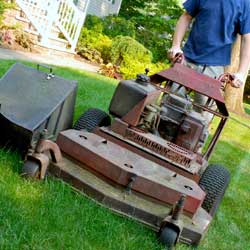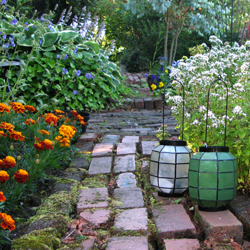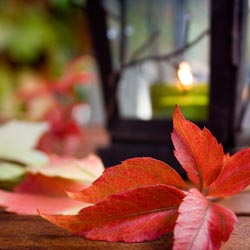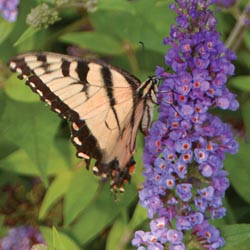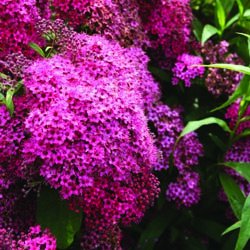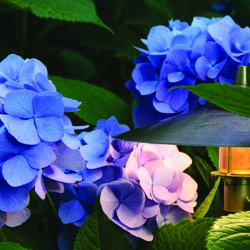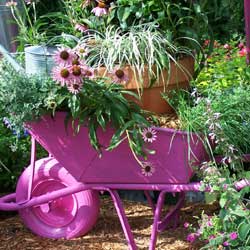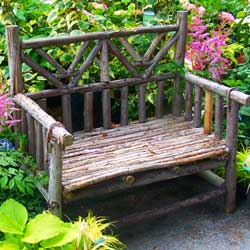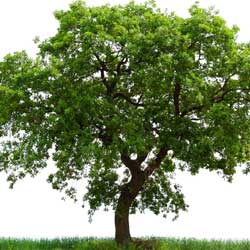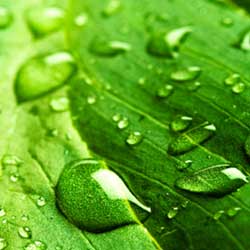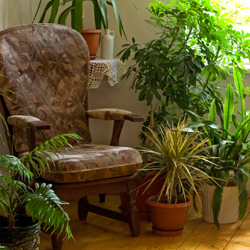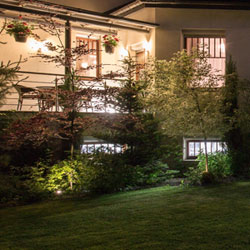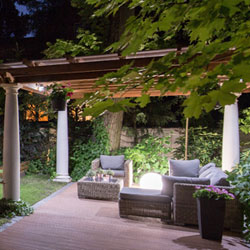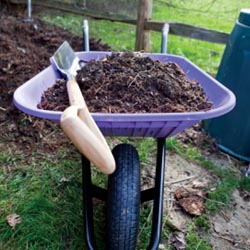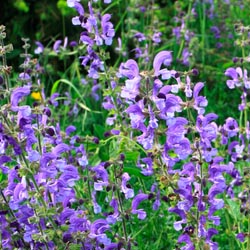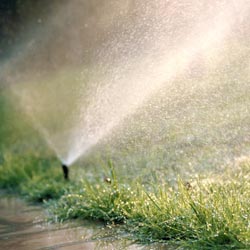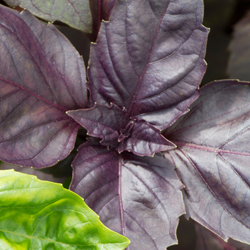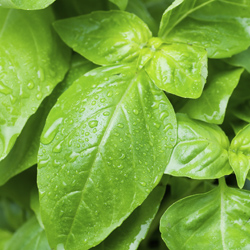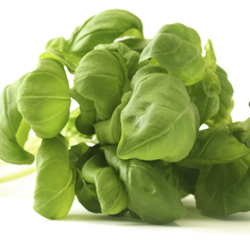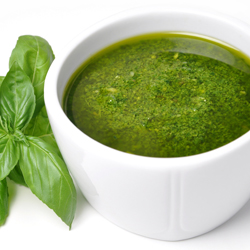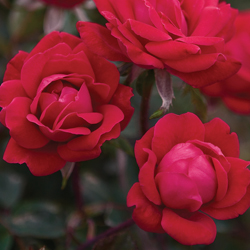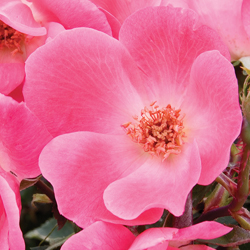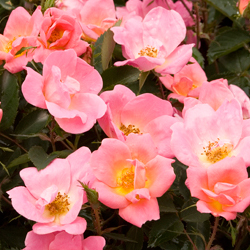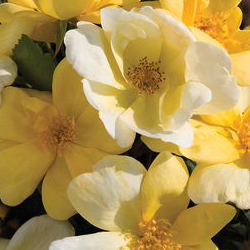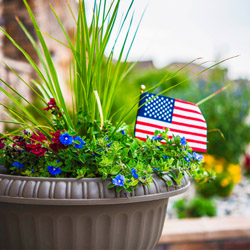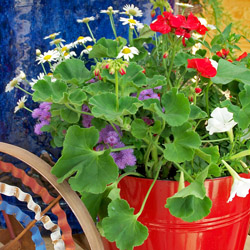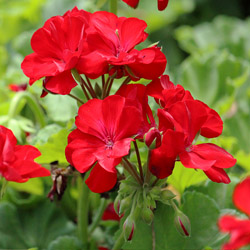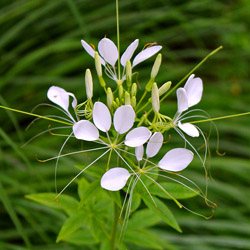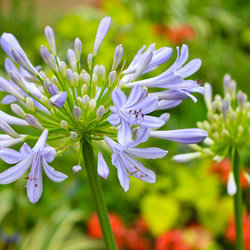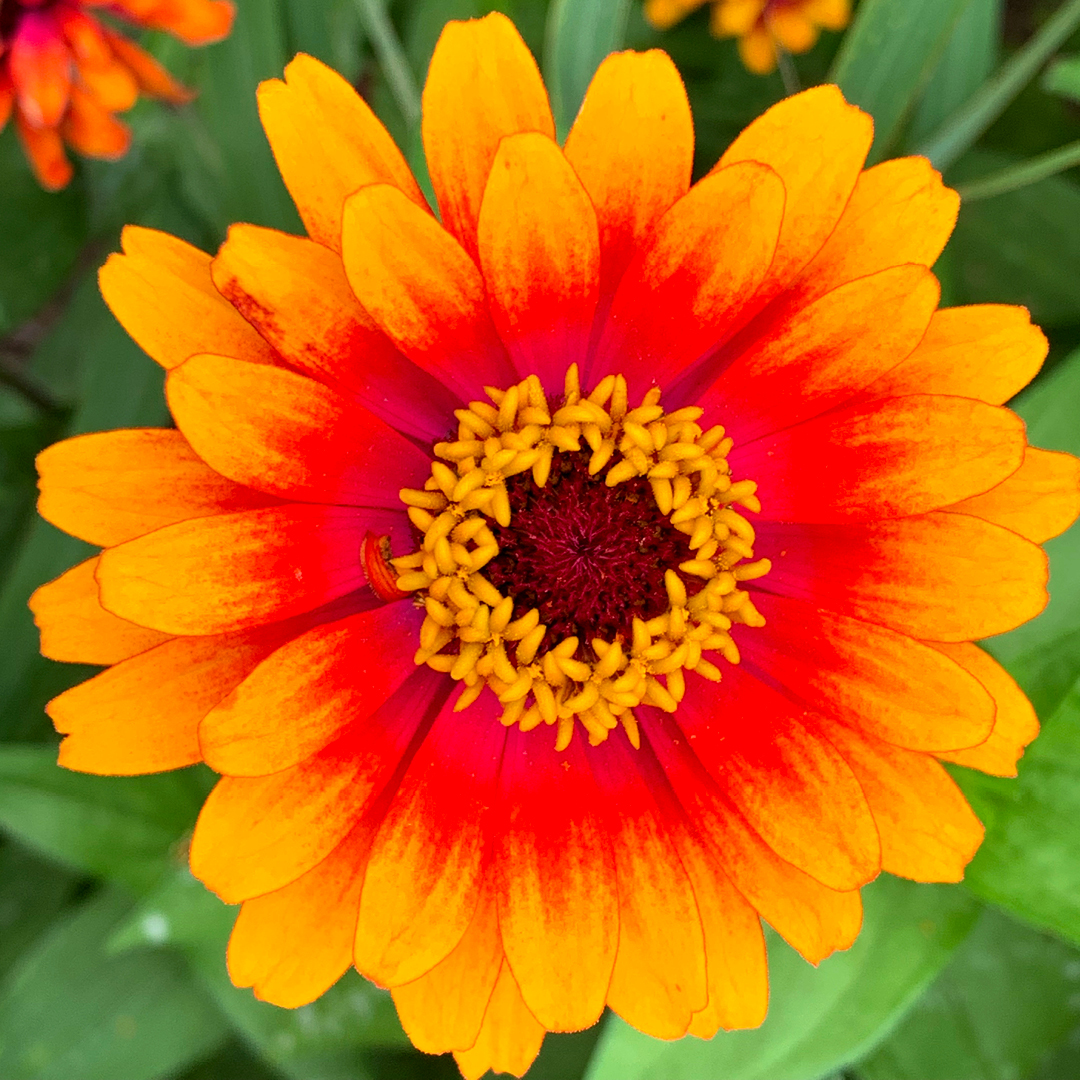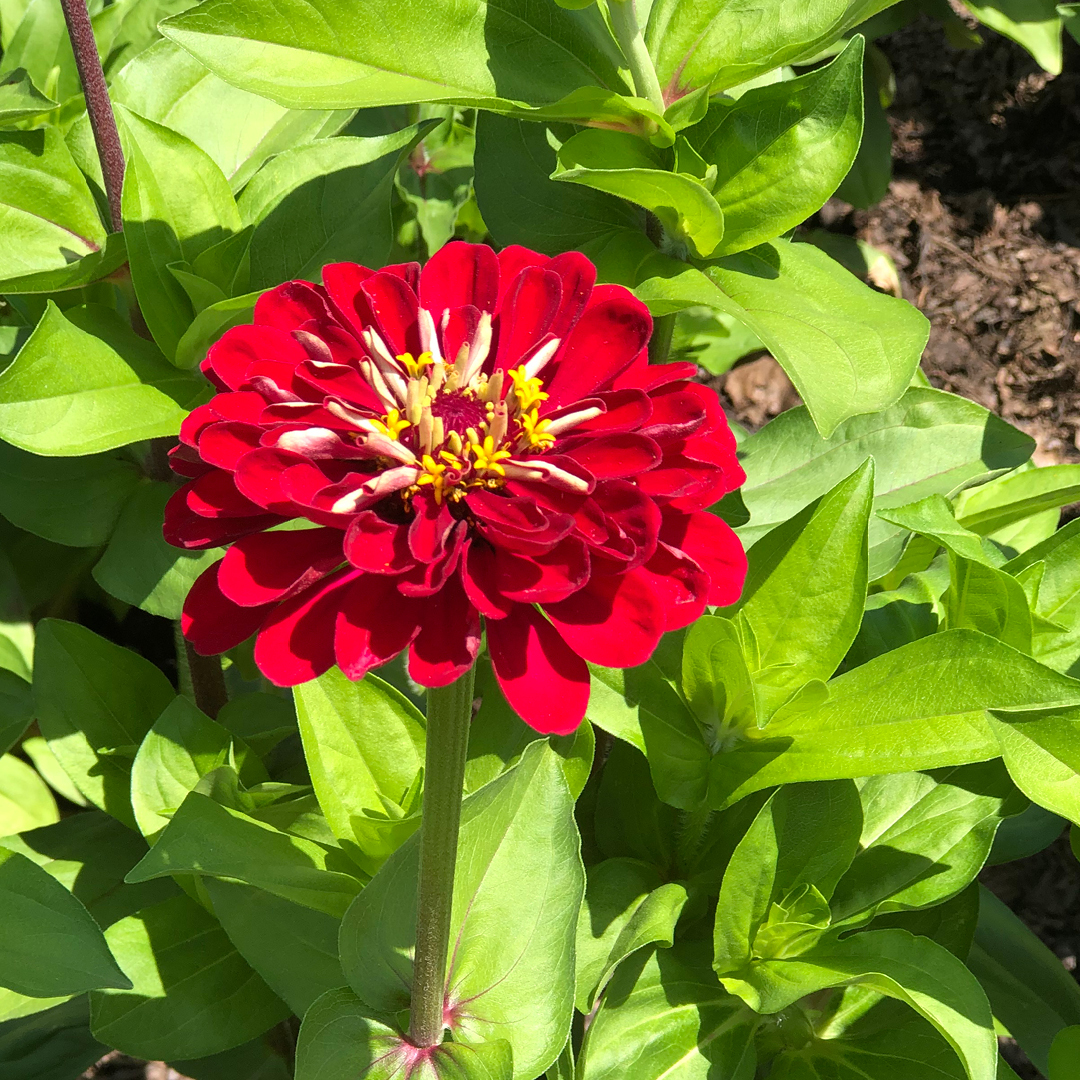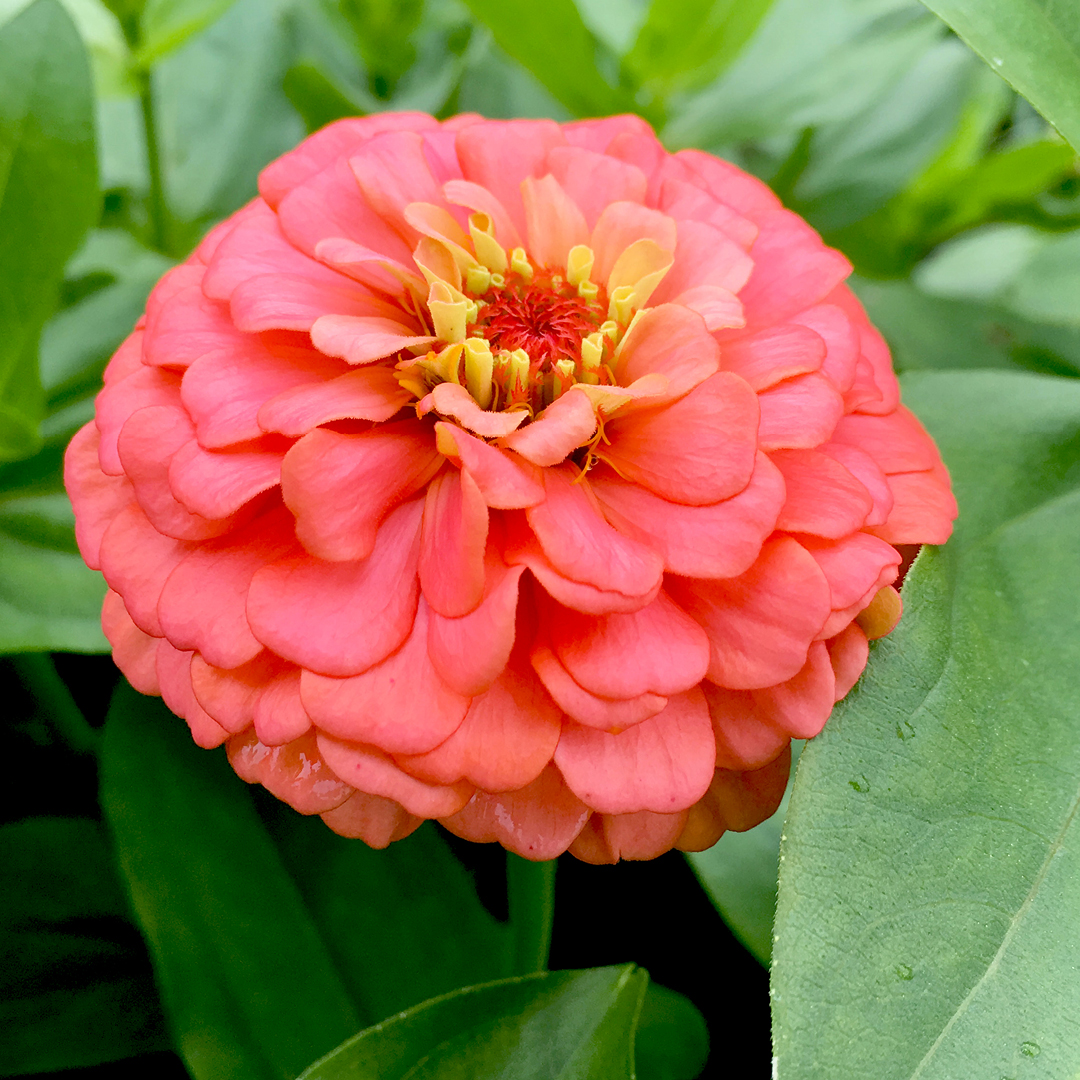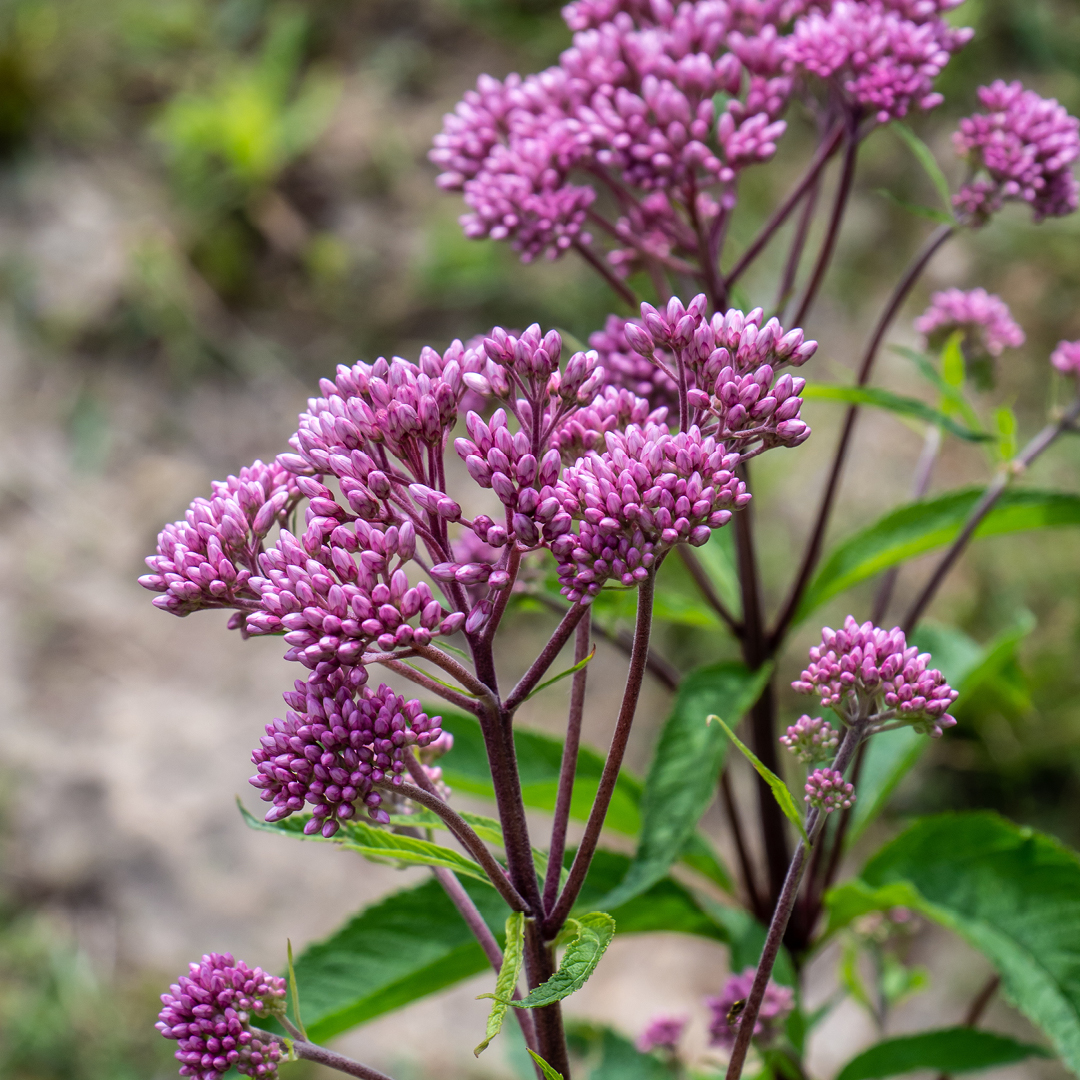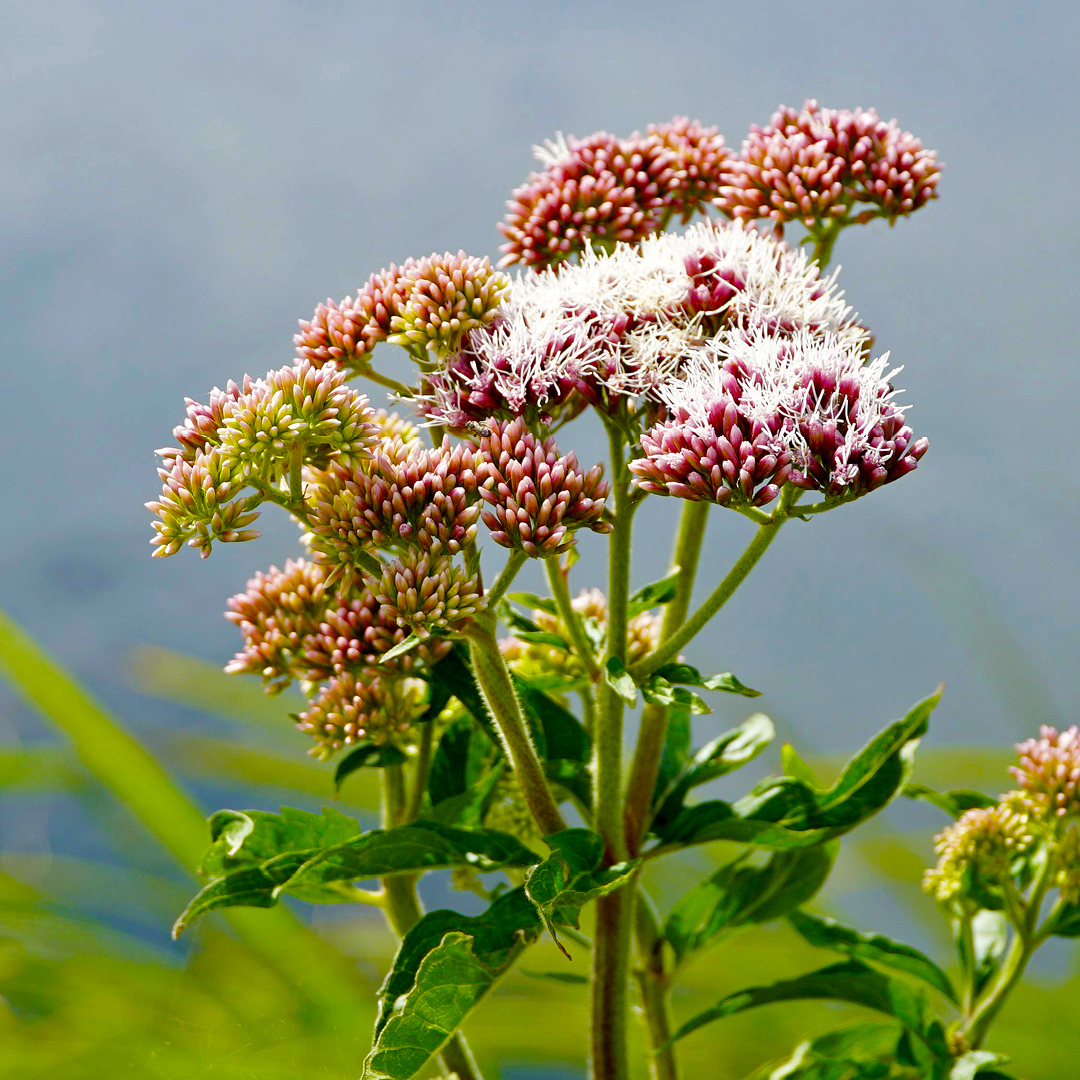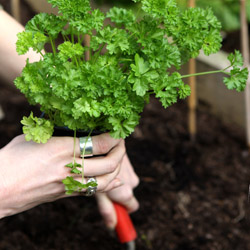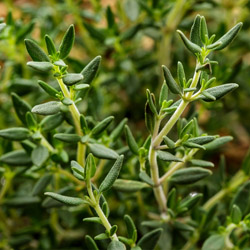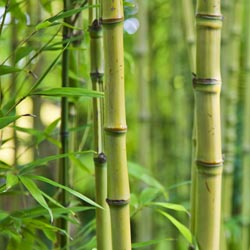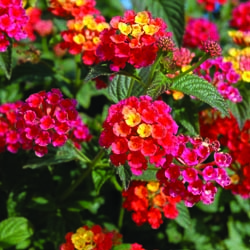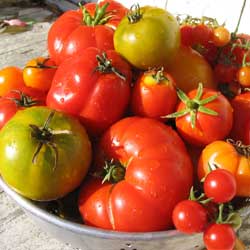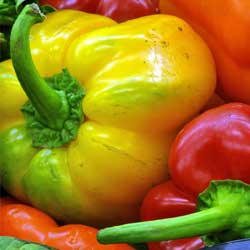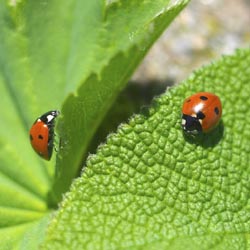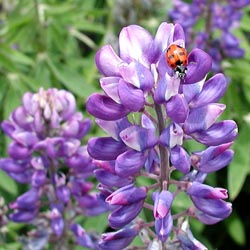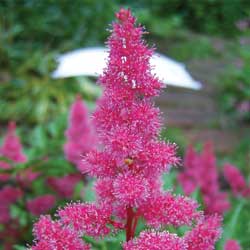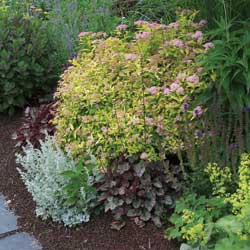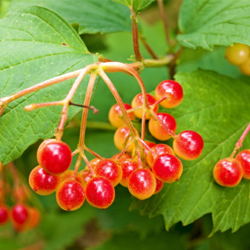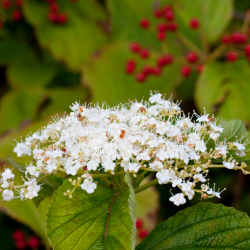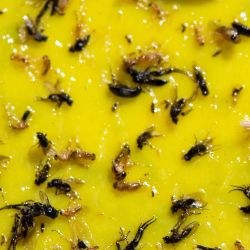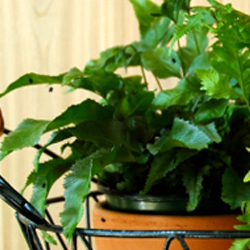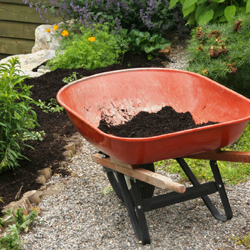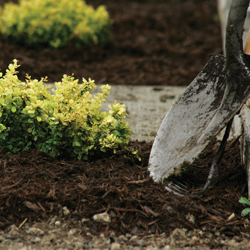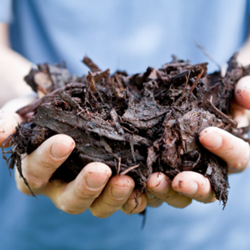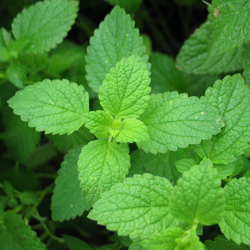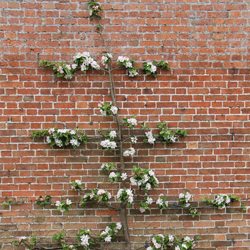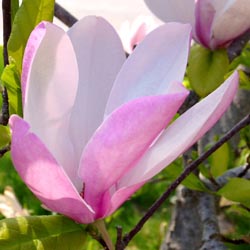For those of us who work and play outdoors in deer tick-infested areas, Lyme disease is a reality. If caught early, the disease is usually cured with antibiotics. If not detected and treated early, Lyme disease can be a debilitating condition that may linger for months or years.
Lyme disease is transmitted through the bite of a deer tick. The tick becomes infected with the disease by biting an animal that is carrying the bacteria. The main culprits in our area are the white-tailed deer and white-footed mouse. Not every deer tick is a carrier of Lyme disease but it is wise to always take precautions to prevent potential infections.
Protect yourself and your family by:
- Wearing light-colored clothes to help spot and identify deer ticks before they attach to spread the infection.
- Wearing long sleeves and pants to minimize exposed skin that can attract deer ticks. Tuck your pants into your boots or socks. Include a hat for added protection.
- Spraying exposed skin with a product that contains at least 20 percent DEET and spraying clothing, and all other cloth gear, with a product containing Permethrin. Always follow the product label when applying repellents.
- Removing clothing and immediately laundering it when coming back indoors. Dry clothing at a high temperature for at least 30 minutes, since ticks are sensitive to dryness and will die quickly without appropriate moisture.
- Showering immediately and thoroughly after being in a tick-prone area. Inspect all skin surfaces, especially hard-to-see areas like behind the knees, the back of the neck and in arm pits. Ticks that carry Lyme disease are very small and therefore hard to see. Ticks must be attached for at least 18 hours in order to transmit Lyme disease.
- Protecting pets from ticks with appropriate collars, drops, powders or dips, and inspecting pets’ fur regularly for ticks or other pests.
Protect your yard by:
- Mowing the grass regularly. Ticks thrive in longer grasses with moist soils, but are not as abundant in groomed areas.
- Keeping leaves raked and keeping the yard free of refuse that can create moist patches in the soil where ticks will thrive.
- Creating a protective barrier, at least 3-4 feet wide of mulch or stone, between yard and wooded area. Ticks are not easily able to cross these open areas.
- Stacking wood neatly in a dry area where it is less likely to harbor a tick infestation.
- Spray or powder your yard with a tick control products such as Bonide Flea Beater flea & tick control, Revenge House Guard Household Pest Control and also Diatomaceous Earth. Always follow the product label when applying pesticides.
- Taking steps to discourage deer and mice in your yard, such as choosing deer-resistant plants and using traps responsibly to eliminate rodents. Bonide also carries a line of repellant for Deer and other creatures. All safe when used as directed. There is also a Hot Pepper Wax spray repellant.
By taking appropriate precautions to protect you, your family and your yard, you can minimize any risk of contracting Lyme disease.
